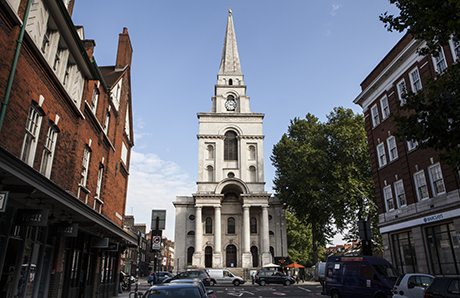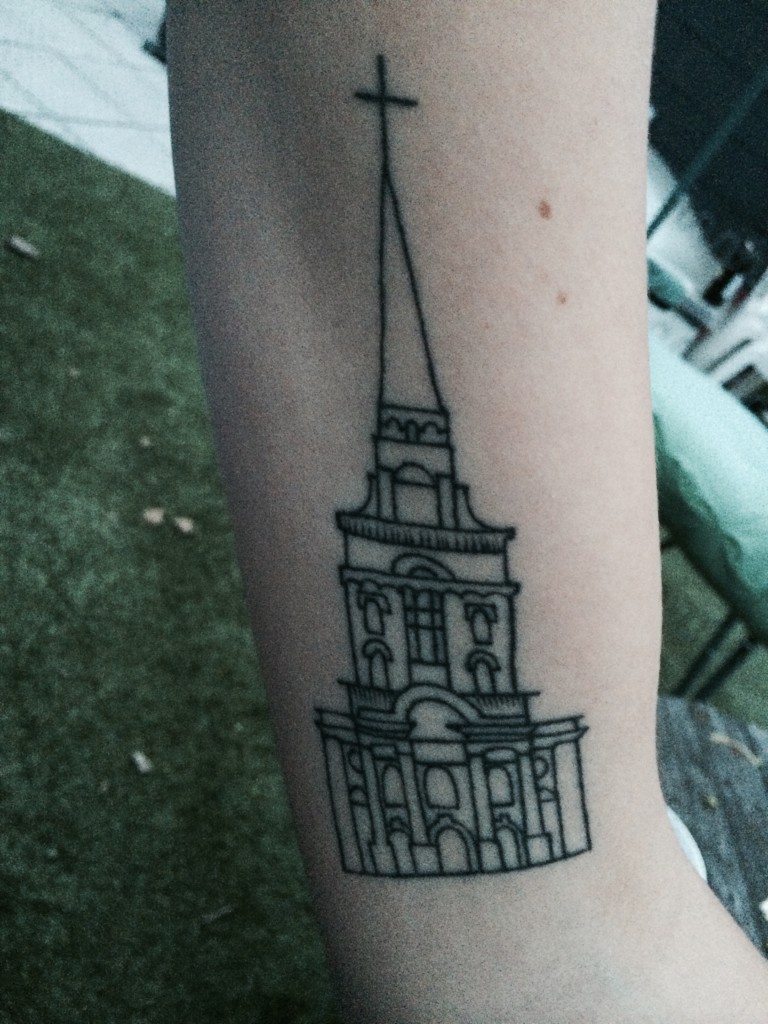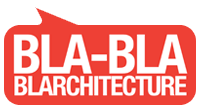000off_TIME FOR TEA
Akin to traditional Tokyo living where many domestic functions were located outside the house (bath house, okonomiyaki kitchens…), the current WHAT_office is an ‘exploded’ office. Exploded in the sense that our three client spaces are located just outside the office. All three ‘Meeting Rooms’ needless to say are dog friendly:
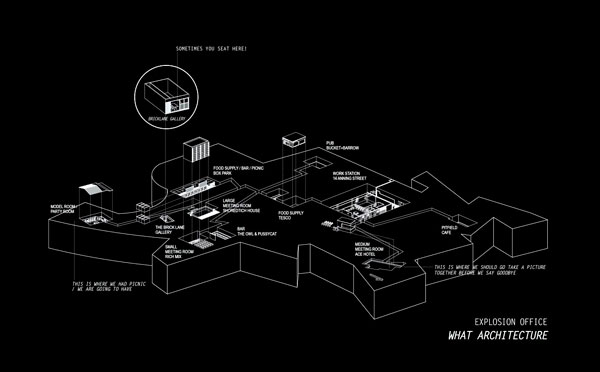
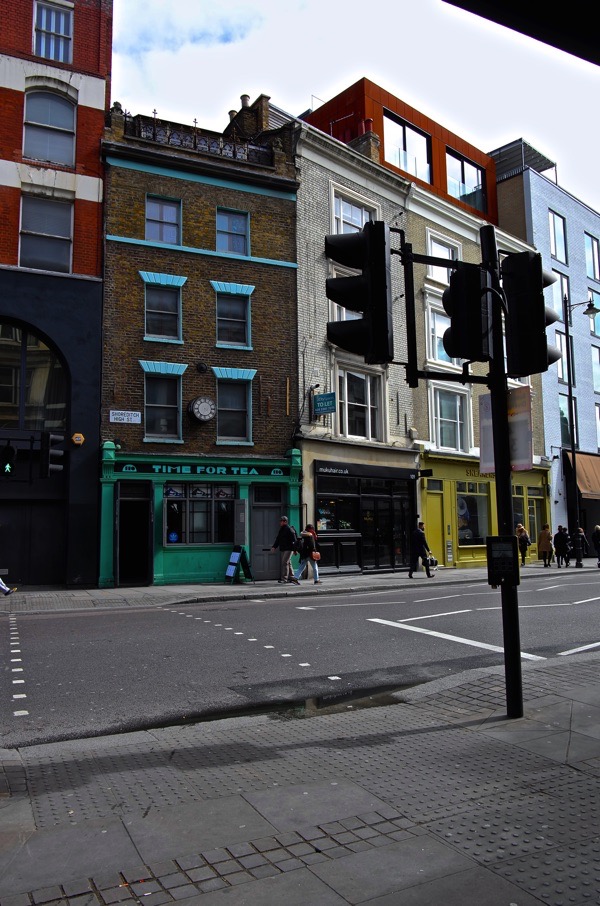

- Meeting Room A: Ace Hotel, 100 Shoreditch High Street;
- Meeting Room F: the Forge and Co. at 154 Shoreditch High Street
- and finally Meeting Room T: at Time For Tea which is cryogenically frozen in time: that is the 1920s. Local resident Dan Cruickshank, the art historian, BBC TV presenter and architectural chronicler reports on Meeting Room T Johnny Vercoutre’s preservation project on Spitalfield’s Life.




237dog_GAME OF CANINE ACCESSIBILITY
 Chiba, our Japanese Akita rescue dog and a roving ‘barkitect’ sniffs out spaces of interest in Shoreditch… C,,–,,> The Game of Barkitecture is one of identifying canine access. Under the Clean Neighbourhood and Environment Act 2005, local authorities were given the power to introduce Dog Control Orders (DCOs) in order to address dog related issues in open spaces. The DCOs can include dog exclusion orders, dogs on lead orders, dogs on lead by direction orders, removing dog foul orders and orders limiting a number of dogs walked by one person. Any proposed DCOs must be advertised for consultation in local newspapers. Whilst no record is held regarding how many DCOs have been implemented in England and Wales, access officers in local authorities have indicated that there has been an increasing amount of restrictions placed on dog owners every year. This trend has impacted on dog walkers, some of whom have been dispersed onto sensitive land which has caused wider negative effects to both plant and animal life, and thereby causing further restrictions being placed on dogs and their owners. From October 20th 2014, Public Spaces Protection Orders (PSPOs) will be introduced under the Anti-social behaviour, Crime and Policing Act 2014 and will replace DCOs. The local authorities will have similar powers to introduce orders, except there will be no requirement for them to advertise PSPO consultations in local newspapers. So our pet subject is: What is the law on allowing dogs in bars, restaurants and shops? The difference in attitudes to dogs in commercial establishments between say Germany (where dog friendliness ranks above child friendliness) and the UK is cultural rather than legal. There is no British law that prevents a dog entering a premise – it is at the discretion of the landlord. There is a gross misconception in the UK that dogs are not allowed in places where food is served: this is not the case. The only legal obligation on the owner is to make sure there is no risk of contamination and that all food preparation areas are up to specified hygiene standards. So with this in mind we took Chiba along to our local butcher’s Brian Roberts (Peckover Traditional Butchers) which was awarded a Food Hygiene Rating of 4 (Good) by the local Council in 2015 – presumably not a 5 because the sight of a dog in a butcher’s shop still raises an eyebrow or two. The Kennel Club’s Open for Dogs Campaign aims to persuade more UK businesses to be dog-friendly. Each year there is a competition to find the most dog-friendly, with the winners announced at the Discover Dogs…
Chiba, our Japanese Akita rescue dog and a roving ‘barkitect’ sniffs out spaces of interest in Shoreditch… C,,–,,> The Game of Barkitecture is one of identifying canine access. Under the Clean Neighbourhood and Environment Act 2005, local authorities were given the power to introduce Dog Control Orders (DCOs) in order to address dog related issues in open spaces. The DCOs can include dog exclusion orders, dogs on lead orders, dogs on lead by direction orders, removing dog foul orders and orders limiting a number of dogs walked by one person. Any proposed DCOs must be advertised for consultation in local newspapers. Whilst no record is held regarding how many DCOs have been implemented in England and Wales, access officers in local authorities have indicated that there has been an increasing amount of restrictions placed on dog owners every year. This trend has impacted on dog walkers, some of whom have been dispersed onto sensitive land which has caused wider negative effects to both plant and animal life, and thereby causing further restrictions being placed on dogs and their owners. From October 20th 2014, Public Spaces Protection Orders (PSPOs) will be introduced under the Anti-social behaviour, Crime and Policing Act 2014 and will replace DCOs. The local authorities will have similar powers to introduce orders, except there will be no requirement for them to advertise PSPO consultations in local newspapers. So our pet subject is: What is the law on allowing dogs in bars, restaurants and shops? The difference in attitudes to dogs in commercial establishments between say Germany (where dog friendliness ranks above child friendliness) and the UK is cultural rather than legal. There is no British law that prevents a dog entering a premise – it is at the discretion of the landlord. There is a gross misconception in the UK that dogs are not allowed in places where food is served: this is not the case. The only legal obligation on the owner is to make sure there is no risk of contamination and that all food preparation areas are up to specified hygiene standards. So with this in mind we took Chiba along to our local butcher’s Brian Roberts (Peckover Traditional Butchers) which was awarded a Food Hygiene Rating of 4 (Good) by the local Council in 2015 – presumably not a 5 because the sight of a dog in a butcher’s shop still raises an eyebrow or two. The Kennel Club’s Open for Dogs Campaign aims to persuade more UK businesses to be dog-friendly. Each year there is a competition to find the most dog-friendly, with the winners announced at the Discover Dogs… 
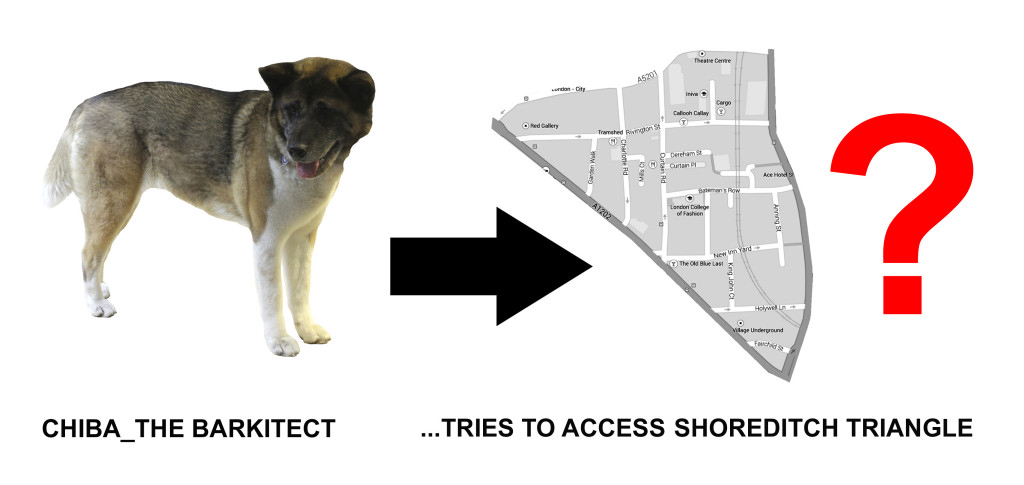
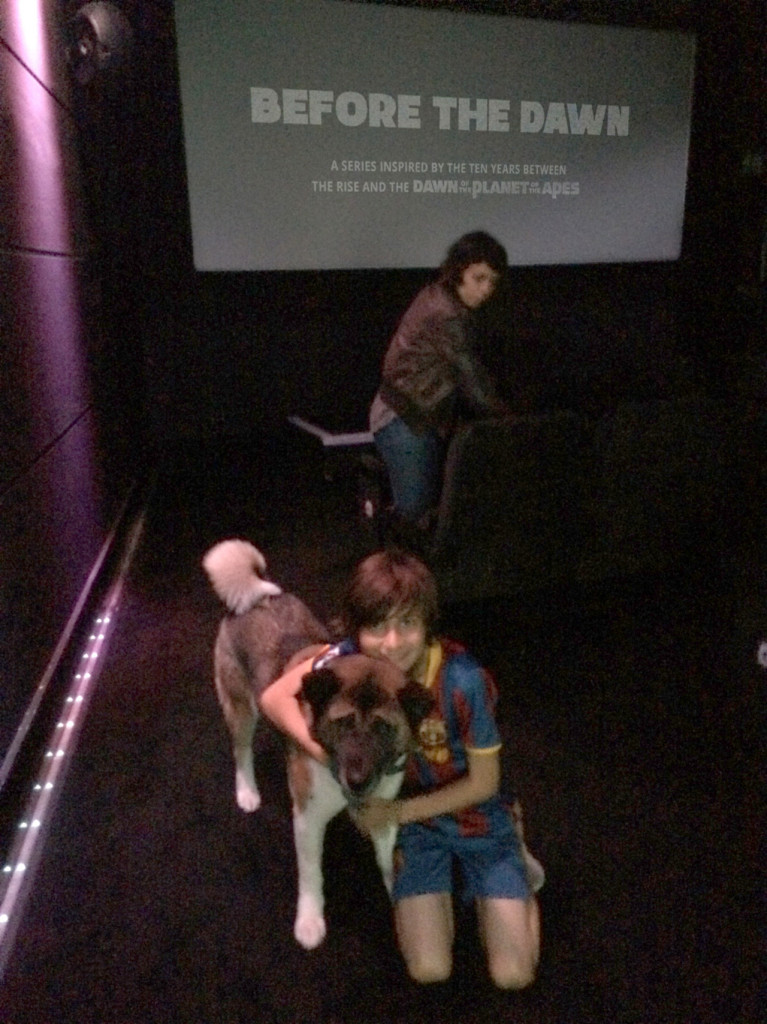
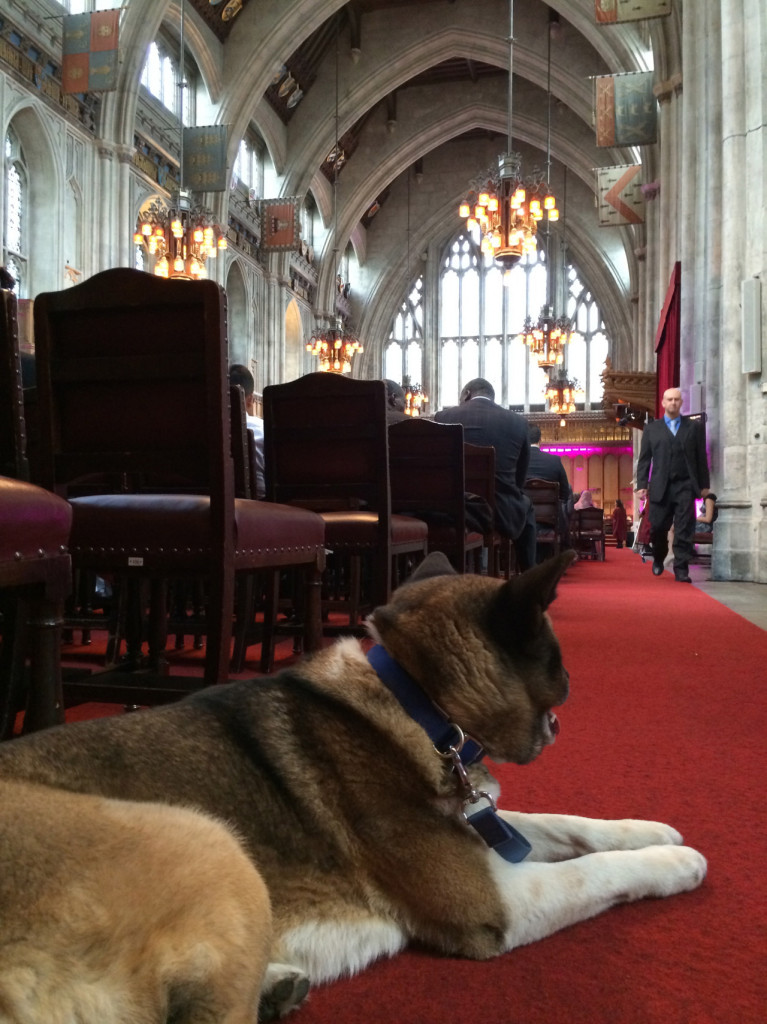




000off_WHAT_architecture #Pimpmychair
Upholsterers: Anna Szymanska, Fadime Yasar and Anastassia Zamaraeva. 'How to denimise a chair' - Denim Manual graphic by Anastassia Zamaraeva.

237dog_THE HAPPY BARKITECT
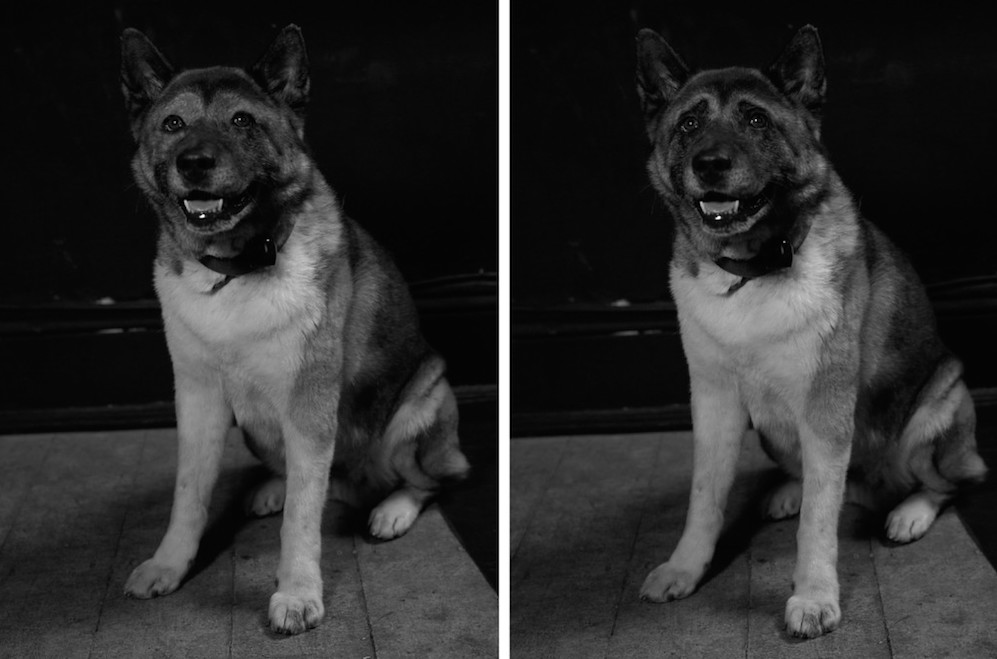 Chiba: the Barkitect. The office doge. We’re often told she looks sad. But in reality she has ‘panda eyes’: dark hair surrounds. What if the hair around her eyes was blonde? Would she look happier: do or dye!
Chiba: the Barkitect. The office doge. We’re often told she looks sad. But in reality she has ‘panda eyes’: dark hair surrounds. What if the hair around her eyes was blonde? Would she look happier: do or dye!
127sho_NORTON FOLGATE: AN IMAGE OF DESTRUCTION
Once known as the artist’s impression, the 3-D computer-generated image (CGI) is pimped by architects and as a means to sell a development. CGIs embrace the technique of hyper-realism for the Lilliputian seduction yet such realism is frequently forged upon fantasy: dramatic wide-angled yet selectively-cropped viewpoints, surreal purple skies compounded by the aesthetic of motion blurs. Every citizen of the CGI world is a supermodel.
Each day an email arrives from China with an offer to build a drawing: that is visualisers seeking work as a pixel contractor to the architect. Within this context of architectural (mis)representation, it is refreshing to then see a CGI whose purpose is meaningful, not merely to sell something. The image below has been produced by Spitalfields Community Group in response to British Land’s Boris-endorsed redevelopment proposals for Norton Folgate, here in East London. The images speak not of construction, but of destruction. Even desecration.
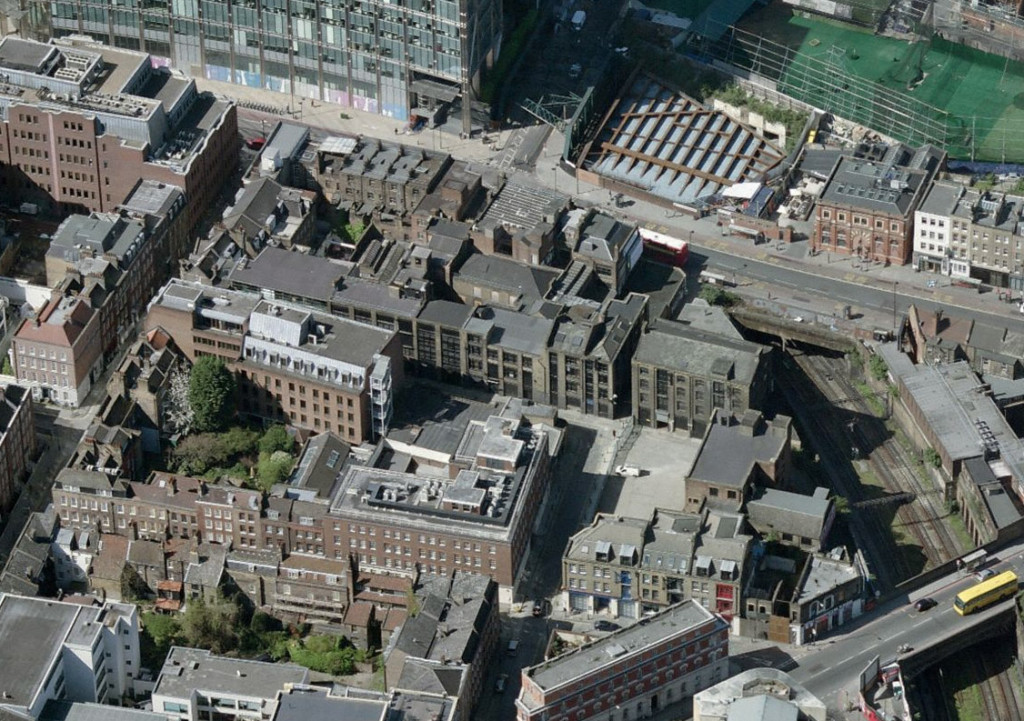
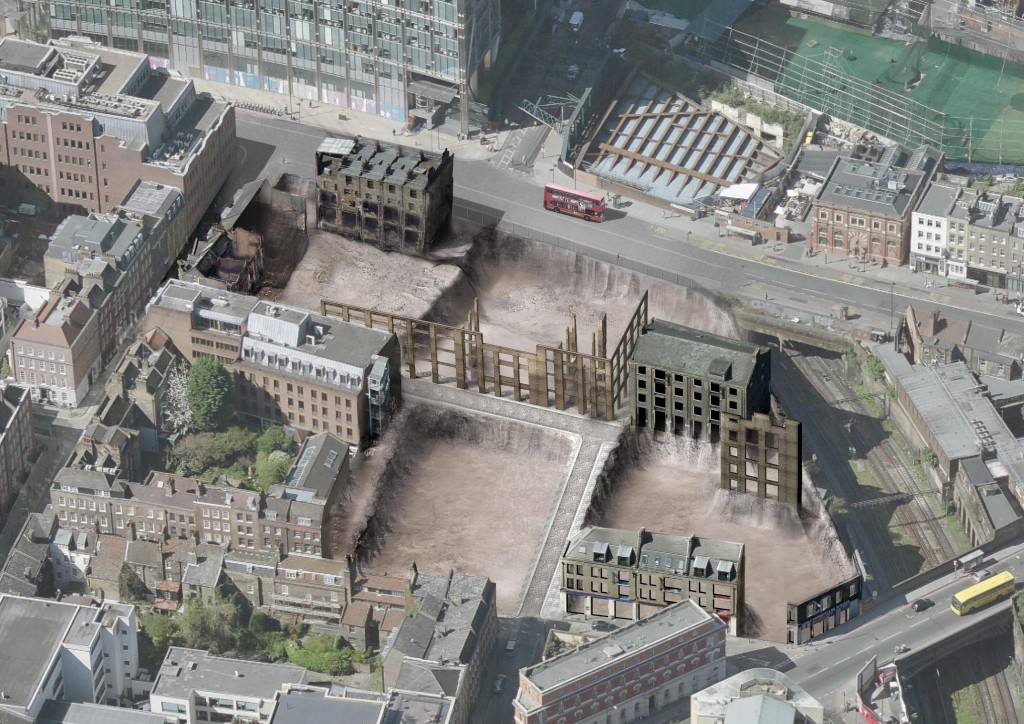 Please add your name to the illustrious list of those calling for a Public Inquiry by writing direct to the Secretary of State. The Spitalfields Trust suggest you include the following points in your letter which you can email to gregclarkmp@parliament.uk or post to House of Commons, London, SW1A 0AA
This is not just a very important case for London, it is also of national importance and has serious implications for Conservation Areas across the country.
This fragile Conservation Area is protected by local Conservation Guidelines, which this application disregards.
The vitality of the City does not depend upon demolishing some warehouses in Spitalfields.
The democratic decision at a local level has been over-ruled by the centralised intervention of the Mayor of London.
The Spitalfields Trust’s Conservation Scheme for Norton Folgate is independently costed and is viable. It could be delivered more quickly and far more cheaply than that proposed by British Land. It is based upon the repair of the existing historic buildings, with sensitive infill of empty sites in keeping with the Conservation Area.
The Spitalfields Trust’s scheme would provide more affordable business accommodation, particularly for small businesses and provide more housing, both low cost and private, for the local borough.
This case has given rise to substantial local and national controversy, and has been widely covered in the media.
The whole-scale demolition of heritage assets in the Conservation Area conflicts fundamentally with national policies as set out in the National Planning Policy Framework in section 12 in relation to conserving and enhancing the historic environment.
Please add your name to the illustrious list of those calling for a Public Inquiry by writing direct to the Secretary of State. The Spitalfields Trust suggest you include the following points in your letter which you can email to gregclarkmp@parliament.uk or post to House of Commons, London, SW1A 0AA
This is not just a very important case for London, it is also of national importance and has serious implications for Conservation Areas across the country.
This fragile Conservation Area is protected by local Conservation Guidelines, which this application disregards.
The vitality of the City does not depend upon demolishing some warehouses in Spitalfields.
The democratic decision at a local level has been over-ruled by the centralised intervention of the Mayor of London.
The Spitalfields Trust’s Conservation Scheme for Norton Folgate is independently costed and is viable. It could be delivered more quickly and far more cheaply than that proposed by British Land. It is based upon the repair of the existing historic buildings, with sensitive infill of empty sites in keeping with the Conservation Area.
The Spitalfields Trust’s scheme would provide more affordable business accommodation, particularly for small businesses and provide more housing, both low cost and private, for the local borough.
This case has given rise to substantial local and national controversy, and has been widely covered in the media.
The whole-scale demolition of heritage assets in the Conservation Area conflicts fundamentally with national policies as set out in the National Planning Policy Framework in section 12 in relation to conserving and enhancing the historic environment.

 Please add your name to the illustrious list of those calling for a Public Inquiry by writing direct to the Secretary of State. The Spitalfields Trust suggest you include the following points in your letter which you can email to gregclarkmp@parliament.uk or post to House of Commons, London, SW1A 0AA
This is not just a very important case for London, it is also of national importance and has serious implications for Conservation Areas across the country.
This fragile Conservation Area is protected by local Conservation Guidelines, which this application disregards.
The vitality of the City does not depend upon demolishing some warehouses in Spitalfields.
The democratic decision at a local level has been over-ruled by the centralised intervention of the Mayor of London.
The Spitalfields Trust’s Conservation Scheme for Norton Folgate is independently costed and is viable. It could be delivered more quickly and far more cheaply than that proposed by British Land. It is based upon the repair of the existing historic buildings, with sensitive infill of empty sites in keeping with the Conservation Area.
The Spitalfields Trust’s scheme would provide more affordable business accommodation, particularly for small businesses and provide more housing, both low cost and private, for the local borough.
This case has given rise to substantial local and national controversy, and has been widely covered in the media.
The whole-scale demolition of heritage assets in the Conservation Area conflicts fundamentally with national policies as set out in the National Planning Policy Framework in section 12 in relation to conserving and enhancing the historic environment.
Please add your name to the illustrious list of those calling for a Public Inquiry by writing direct to the Secretary of State. The Spitalfields Trust suggest you include the following points in your letter which you can email to gregclarkmp@parliament.uk or post to House of Commons, London, SW1A 0AA
This is not just a very important case for London, it is also of national importance and has serious implications for Conservation Areas across the country.
This fragile Conservation Area is protected by local Conservation Guidelines, which this application disregards.
The vitality of the City does not depend upon demolishing some warehouses in Spitalfields.
The democratic decision at a local level has been over-ruled by the centralised intervention of the Mayor of London.
The Spitalfields Trust’s Conservation Scheme for Norton Folgate is independently costed and is viable. It could be delivered more quickly and far more cheaply than that proposed by British Land. It is based upon the repair of the existing historic buildings, with sensitive infill of empty sites in keeping with the Conservation Area.
The Spitalfields Trust’s scheme would provide more affordable business accommodation, particularly for small businesses and provide more housing, both low cost and private, for the local borough.
This case has given rise to substantial local and national controversy, and has been widely covered in the media.
The whole-scale demolition of heritage assets in the Conservation Area conflicts fundamentally with national policies as set out in the National Planning Policy Framework in section 12 in relation to conserving and enhancing the historic environment.

000off_Saint-Pierre and Miquelon: A DOT.COM
Our favourite micronation for 2015 is: Saint-Pierre and Miquelon, a tiny island state, 3,800km from France but just 25km from Canada. As such Saint-Pierre and Miquelon is a French collectivité d’outre-mer or COM: it is literally a ‘dot COM’ with the charming domain .pm and the attendant freedom to deploy the internet in ways larger nations cannot. The earliest known micronations dated from the beginning of the 19th century and the advent of the Internet provided the means for people to create many new micronations, whose members are scattered all over the world and interact mostly by electronic means, often calling their nations Nomadic Countries. The differences between such Internet micronations, other kinds of social networking groups, and role playing games are often hard to define…
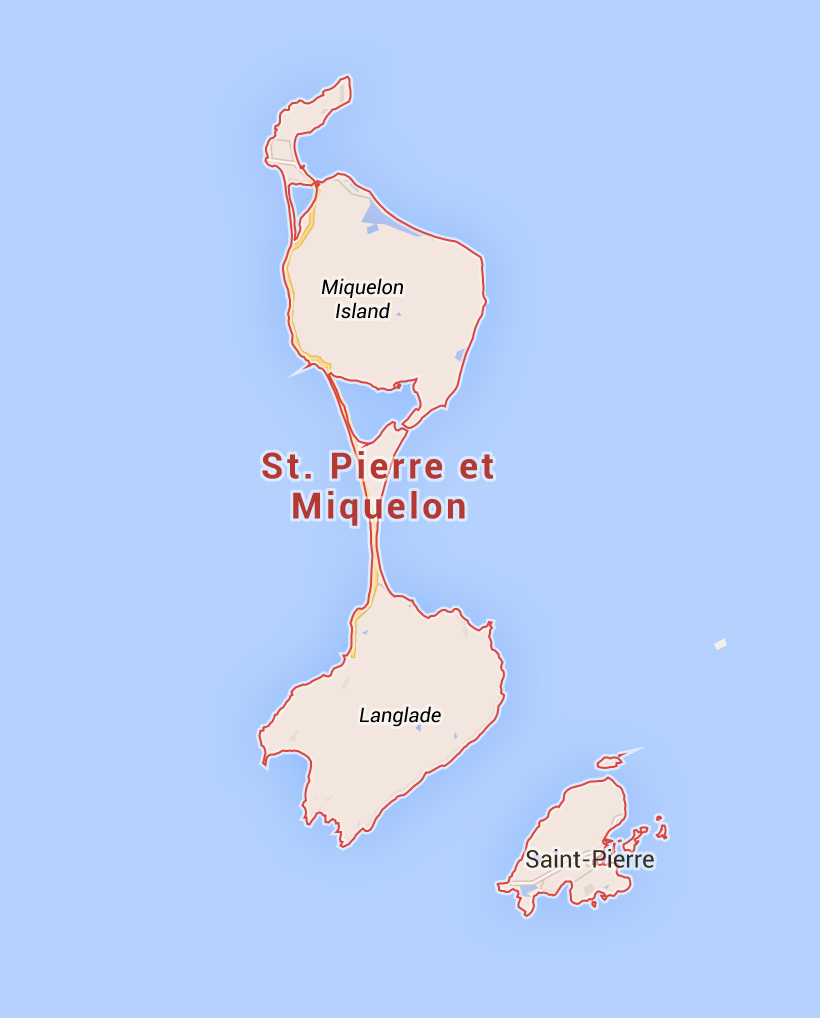


000off_Replay Culture 3: Architecture
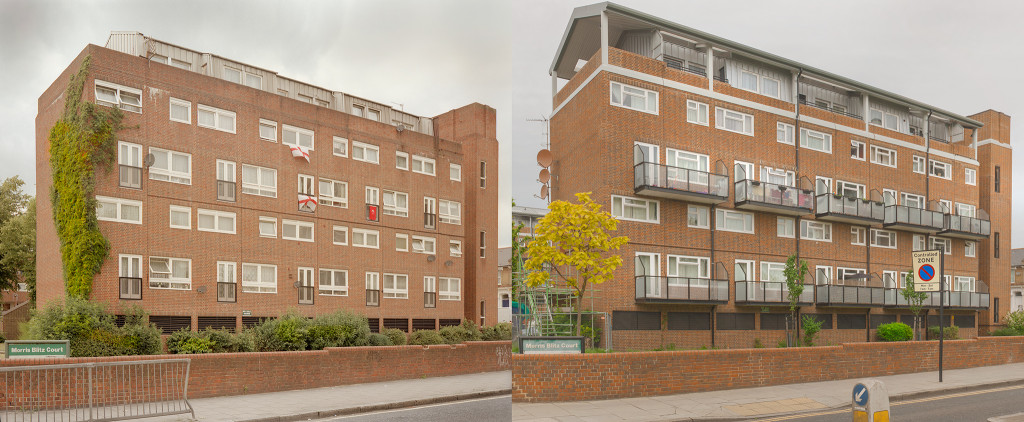 HOME IMPROVEMENTS. Peter Taylor Associates rooftop and balcony works to Morris Blitz Court in Hackney.
HOME IMPROVEMENTS. Peter Taylor Associates rooftop and balcony works to Morris Blitz Court in Hackney.
179prs_Life Within Buildings!?
 Life Without Buildings!?
Life Without Buildings!? 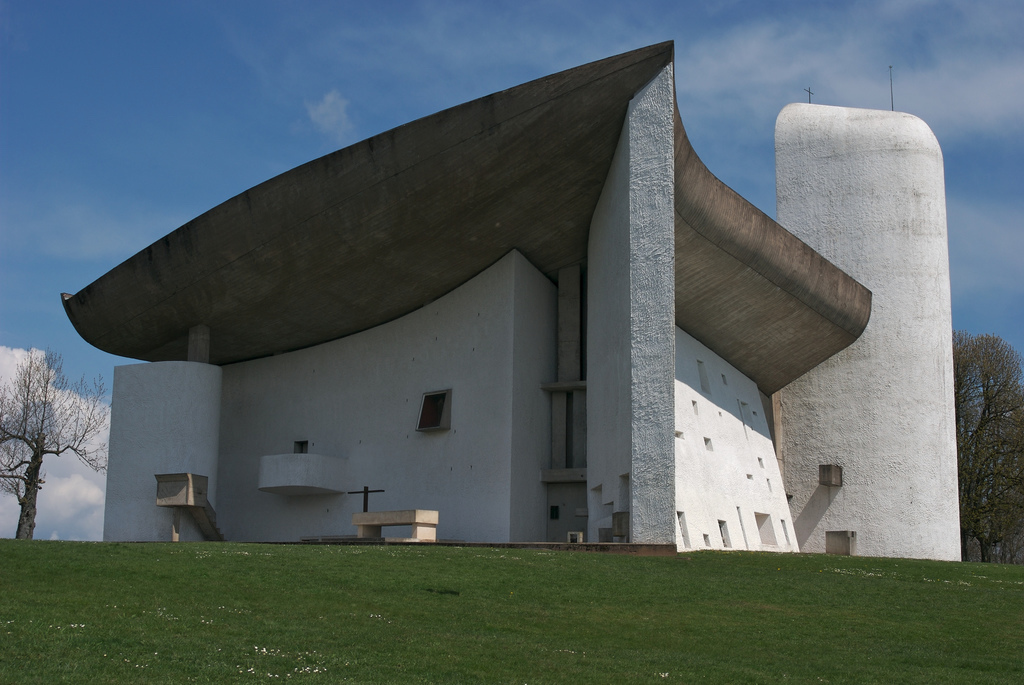 The phrase Life Without Buildings!? appears on all WHAT_architecture communications (emails, drawings…) and in doing so promotes the idea that architecture can be understood not only through walls, floors, roofs and buildings directly but more commonly through mass media such as books, magazines, websites. Following from Beatriz Colomina’s Privacy and Publicity: Architecture and Mass Media, the legitimate expression of contemporary architecture is, today, not building but publication. For example, Le Corbusier’s Ronchamp is universally understood (by architects) not through any site visit to Êpinay-sur-Orge in France but through a mass of publication. So… what is the building in this photograph?
The phrase Life Without Buildings!? appears on all WHAT_architecture communications (emails, drawings…) and in doing so promotes the idea that architecture can be understood not only through walls, floors, roofs and buildings directly but more commonly through mass media such as books, magazines, websites. Following from Beatriz Colomina’s Privacy and Publicity: Architecture and Mass Media, the legitimate expression of contemporary architecture is, today, not building but publication. For example, Le Corbusier’s Ronchamp is universally understood (by architects) not through any site visit to Êpinay-sur-Orge in France but through a mass of publication. So… what is the building in this photograph?
Life Without Buildings!? might be a counter productive strapline for an architectural office that seeks to build. Is WHAT_architecture shooting its clients in the feet? For 2015, WHAT_architecture will now look for: Life Within Buildings!?
So… what is the building in this photograph? The image is of Le Corbusier’s Ronchamp yet has been deliberately published back to front, that is left-to-right reflected…yet ‘how would you know?’ Go to Epinay and have a look!

